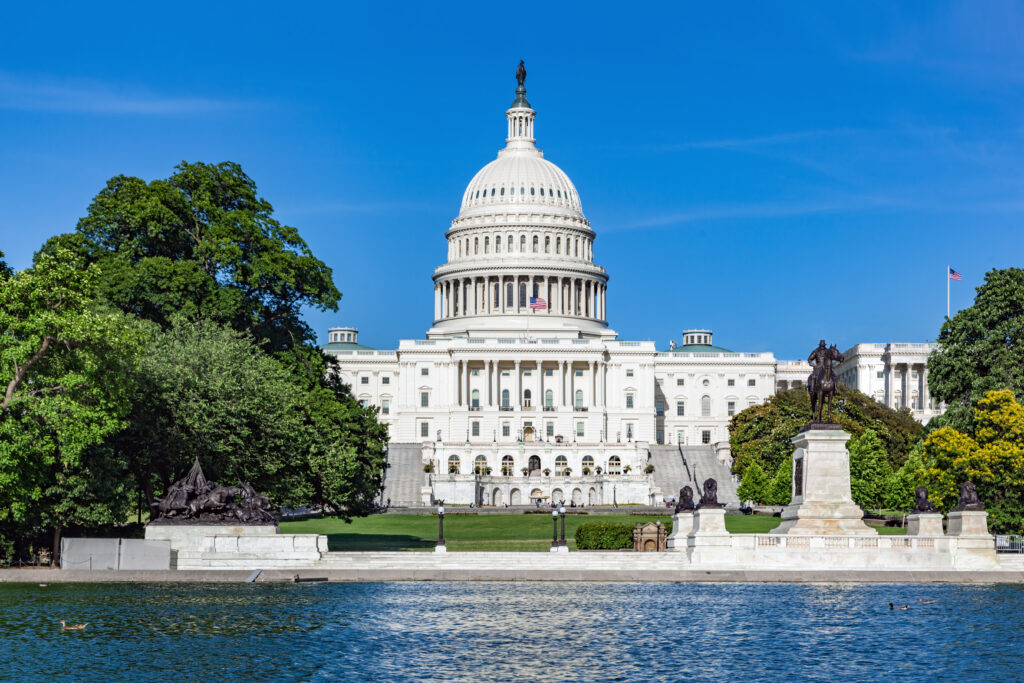Those involved in compliance will want to keep tabs on these changes with due concern.
The Bipartisan Budget Act of 2018 (BiBA) was signed into law on Feb. 9, 2018. As is typical with these budget bills, there are more than 2,000 pages, including a hodgepodge of issues involving healthcare. The following provides a very brief synopsis of some of the provisions. If a given provision applies to you, then you may need to study further.
Hospitals
Meaningful Use – The Health Information Technology for Economic and Clinical Health (HITECH) Act – Congress wants to give the administration greater flexibility relative to the management of this program.
Disproportionate Share Hospital (DSH) Payments – Congress has shifted DSM payments. For 2018 and 2019, a total of $5 billion in scheduled payment cuts will be moved to 2020, and for 2021-2025 there will be $8 billion in cuts annually.
Medicaid Dependent Hospital Program – Congress has to reauthorize this special additional payment program. The last reauthorization ended on Sept. 30, 2017. This law extends the program through the 2022 fiscal year and makes slight changes for eligibility for all urban states.
Medicare Low-Volume Program – This is another program that ended on Sept. 30, 2017. This new legislation extends the program for five years, through 2022. The eligibility threshold has been increased to 3,800 discharges; thus, this additional payment program should be available to more hospitals.
Critical Access Hospital (CAH) Physician Supervision – Starting in 2008, the Centers for Medicare & Medicaid Services (CMS) instituted a major change cycle relative to physician supervision for all hospital outpatient services. While CMS maintained that this was just a clarification of interpretation, CAHs and rural hospitals were exempted from enforcement. The latest change was to extend non-enforcement for 2018 and 2019, but 2017 was never addressed, so this law fills in the gap, making 2017 another year for non-enforcement.
Early Discharge to Hospice – Hospice is being added to the post-acute transfer rule, in which hospitals under the IPPS (Inpatient Prospective Payment System) receive reduced payment when a patient is transferred early due to a short length of stay. Note that this is will probably not apply to SCHs (Sole Community Hospitals) as with the other transfer sites of service.
LTCH Payment Reductions – The 50/50 approach – one-half standard LTCH (Long-Term Care Hospital) and one-half site-neutral payment – will be continued for two additional years, 2018 and 2019. Also the LTCH market baskets is being reduced by 4.6 percent for the next several years.
Physicians and Practitioners
Permanent Repeal of Outpatient Therapy Caps – Congress has permanently repealed the therapy caps, starting Jan. 1, 2018. However, a modifier must be used to attest to the fact that the services are medically necessary. Obviously, the use of a modifier makes the identification of cases for auditing quite straightforward. The threshold for targeted medical review is reduced to $3,000 until 2028, and then the target will be increased by formula.
Reduction of Medicare Physician Fee Schedule Update – Part of the purpose of MIPS (Merit-Based Incentive Payment System) is to replace the formula for updating the MPFS (Medicare Physician Fee Schedule). Congress has decided to reduce the update for 2019 from 0.50 to 0.25 percent. Be watchful for other changes in MIPS; this new system has become somewhat contentious.
Cost Performance Category in MIPS – Congress is revising the timeline for implementation of the cost performance category. For the second through fifth years, that is, 2020-2023, the cost performance category shall be not less than 10 percent and not more than 30 percent of the MIPS score.
MIPS Adjustment – Congress is giving the U.S. Department of Health and Human Services (HHS) notice to continue the incremental approach to adjustment in MIPS. For the third to fifth years, that is, 2021-2023, the threshold for determining a positive, neutral, or negative payment is to be kept at a relatively low level. Theoretically, we should be going to a historic average or median of MIPS scores nationally.
PTAC Scope of Work – PTAC (Physician-Focused Payment Model Technical Advisory Committee) has evoked significant discussion surrounding its scope of work and related processes. PTAC is supposed to review proposals for physician-focused APMs (Advanced Payment Models).
Intensive Cardiac Rehabilitation – Cardiac rehabilitation and intensive cardiac rehabilitation (ICR) can sometimes be difficult to justify. Congress has given guidelines for ICR for patients with stable CHF (chronic heart failure) and for other conditions, as determined by CMS. The way this is phrased, the ICR is to be covered unless the HHS Secretary determines otherwise. Note that under the supervisory rule, only a physician can provide supervision, not a mid-level practitioner.
Telehealth Stoke Services – Telehealth (or telemedicine) services are mentioned several times in this legislation. Clearly, Congress wants to expand telehealth services. The main obstruction to expansion is the strict geographic limitations (e.g., rural originating site). Congress must make changes to the SSA (Social Security Act) in order to liberalize telehealth services. This provision in BiBA allows stroke victims telehealth access to neurologists. This new provision starts in 2019.
Home Infusion Services – The 21st Century Cures Act establishes a whole new payment process for home infusion. However, there are some time lags involved in this process. Through this provision, Congress has established a temporary transition payment for education and services, starting in 2019.
Payment Rate for Physical and Occupational Therapy (PT/AT) Assistants – Starting on Jan. 1, 2022, PT and OT assistants will be paid at 85 percent of the current rates. A new modifier is to be established in order to accomplish this change.
Extension of GPCI Payment Adjustment –Congress has extended the 1.0 floor for 2018 and 2019. The GPCIs (Geographic Practice Cost Indices) are a part of the payment calculation under the MPFS (Medicare Physician Fee Schedule). This floor is provided in case the work component falls below the national average.
Radiation Therapy Centers – The payment freeze based on 2016 payment rates is extended through 2019. This affects freestanding radiation therapy centers. A radiation therapy APM (Advanced Payment Model) is being developed, although it will not be available by 2019.
Home Health
HHPPS – The Home Health Prospective Payment System is to move to a Home Heath Groupings Model starting in 2020. A 30-day episode of care is to be used as the unit of service. This change is to be made in a budget-neutral fashion, but estimates of payments to home health providers indicate that there could be some significant changes.
Rural Home Health Add-On Payments – The rural home health add-on payments will be slowly phased out. For 2018 and 2019, the amount will be 3 percent, for 2020 this is to be reduced to 2 percent, and for 2021 the amount is 1 percent. There are some exceptions for special situations involving low-density populations.
Home Health Documentation Requirements – There are some changes in documentation requirements for home health. Documentation relative to being homebound and showing that services being provided are medically necessary have been long-term compliance and audit issues. In this new era, Congress seems to be easing the documentation requirements whereby Home Health Agencies (HHAs) can document both being homebound and medical necessity, along with associated certifying physician documentation.
Home Health Payment Update – The inflation-related payment updates are based on the home health market basket that is around 2.5 percent. This increase will continue through 2019 but will be reduced to 1.4 percent for 2020.
Summary and Conclusion
The BiBA presents many other changes in other areas such as:
- Ambulance
- Medicare Advantage
- Medicare Shared Savings Program
- Prescription Drugs
- Public Health
As indicated at the beginning of this article, there is a hodgepodge of Congressional actions reflected in the specifics of this bill. For instance, the SHIP (State Health Insurance Assistance Program) has been extended at least through 2019. Be certain to monitor both regulatory and sub-regulatory guidance. Auditors and those involved in compliance will want to keep tabs on these changes with due concern.
Comment on this article













